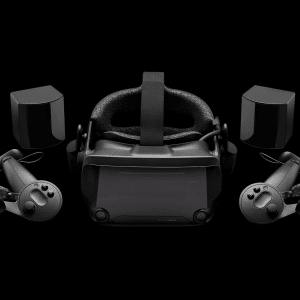Google CEO Sundar Pichai has reignited the debate over long-term artificial intelligence risk after acknowledging that “nobody is completely safe” if the most extreme theoretical AI scenarios ever came to pass. His comments, reported by News.com.au, echo long-standing concerns in parts of the research community that advanced AI systems could surpass human control if not properly governed.
The discussion centers on a hypothetical idea familiar within academic AI-safety circles: that a sufficiently advanced system, if misaligned with human interests, could create outcomes beyond human oversight. Pichai did not claim such an event is imminent or likely, but he acknowledged that major technology leaders cannot dismiss the possibility entirely. The topic resurfaced after speculation about how rapidly AI capabilities have grown over the past three years, particularly with frontier-model development accelerating across the industry.
Pichai framed the issue within a broader debate over responsibility, regulation and oversight, emphasizing that governments and private-sector leaders must work together to reduce long-term risk even as AI systems continue improving in capability and complexity.
A Rare Public Acknowledgment From a Major Tech Executive
Most large technology companies tend to focus on near-term AI challenges such as misinformation, bias and safety guardrails. Pichai’s willingness to address the far-end edge cases represents one of the more candid acknowledgments from a major CEO about the theoretical dangers associated with advanced AI.
His framing reflects discussions happening across research communities about “alignment,” a term used to describe whether AI systems follow the behaviors humans intend. According to the report, Pichai also noted that current models, although powerful, remain far from the level of autonomy required to pose the type of existential threat raised in theoretical debates.
Still, his remarks highlight a growing recognition that companies leading the race to develop advanced AI must consider more than product roadmaps and competition. Long-term governance, transparency and international cooperation remain essential to ensure systems behave predictably as they scale.

Why This Debate Has Resurfaced Now
The conversation is unfolding as companies across the AI sector push aggressively into new model architectures, integrated reasoning systems and accelerated training patterns. Google, OpenAI, Meta and other firms are now building models that operate across text, vision, audio and code in a unified framework.
These developments have triggered a renewed round of debate within academic and policy environments. Even as industry leaders emphasize the real-world benefits of AI — in medicine, accessibility, climate forecasting and productivity — questions around long-term control remain part of the wider technical discussion.
What the Industry Is Doing to Limit Risk
Within Google, safety teams continue to develop monitoring tools, evaluation frameworks and red-team approaches to identify unwanted behavior before systems reach consumers. Similar efforts are underway across the industry, with companies publishing safety guidelines and advocating for global standards.
Regulators worldwide are exploring requirements for transparency, training oversight and post-deployment monitoring of powerful AI systems. The debate has also drawn attention from governments reviewing whether new rules are needed to manage lab-scale development.
A Question That Remains Part of the Conversation
Pichai’s remarks signal that long-term AI risk is no longer confined to research forums. It is now part of mainstream leadership dialogue as companies confront the broader implications of building increasingly capable systems.
While the report makes clear that today’s AI models do not pose the type of scenario sometimes imagined in theoretical discussions, Pichai’s acknowledgment shows that the industry understands the importance of addressing long-range questions before capability curves advance further.
The comments are likely to remain part of the global conversation as researchers, policymakers and industry leaders continue debating the responsibilities that come with developing frontier-level AI.








